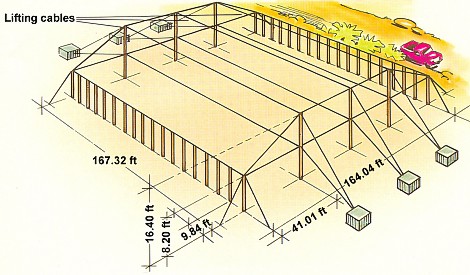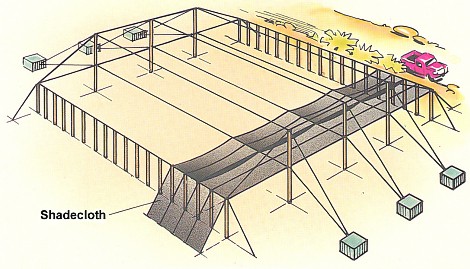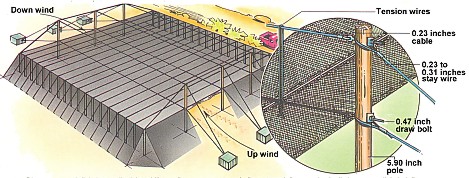 In Victorian times, houses were very narrow, multi-storied, and had a small “footprint” on the land. This left more land for private gardening, and commons, among other things. Then came the 1960s, and “ranch style” homes, with half-acre grass covered lots. By the 1970′s anyone with a vegetable garden in a suburban or city back yard were “hippies,” “weird,” or “old fashioned.”
In Victorian times, houses were very narrow, multi-storied, and had a small “footprint” on the land. This left more land for private gardening, and commons, among other things. Then came the 1960s, and “ranch style” homes, with half-acre grass covered lots. By the 1970′s anyone with a vegetable garden in a suburban or city back yard were “hippies,” “weird,” or “old fashioned.”
The 1990′s saw the boom of Mega-Mansions on postage stamp sized lots, weekly lawn-care crew visits, and still little vegetable gardening on a respectable scale, regardless of whether one lives in the city or the suburbs. Now we have an oil crisis overlain with a salmonella crisis: both of which the US Federal government seems incapable of dealing with. Vertical gardening might help change that.
…the system is designed to grow vegetables and other foods much more efficiently and with greater food value than in agricultural field conditions. The HDVG system demonstrates the following characteristics:
- Produces approximately 20 times the normal production volume for field crops
- Requires 5% of the normal water requirements for field crops
- Can be built on non arable lands and close to major city markets
- Can work in a variety of environments: urban, suburban, countryside, desert etc.
- Does not use herbicides or pesticides
- Will have very significant operating and capital cost savings over field agriculture
- Will drastically reduce transportation costs to market resulting in further savings, higher quality and fresher foods on delivery, and less transportation pollution
- Will be easily scalable from small to very large food production situations



 In Victorian times, houses were very narrow, multi-storied, and had a small “footprint” on the land. This left more land for private gardening, and commons, among other things. Then came the 1960s, and “ranch style” homes, with half-acre grass covered lots. By the 1970′s anyone with a vegetable garden in a suburban or city back yard were “hippies,” “weird,” or “old fashioned.”
In Victorian times, houses were very narrow, multi-storied, and had a small “footprint” on the land. This left more land for private gardening, and commons, among other things. Then came the 1960s, and “ranch style” homes, with half-acre grass covered lots. By the 1970′s anyone with a vegetable garden in a suburban or city back yard were “hippies,” “weird,” or “old fashioned.”